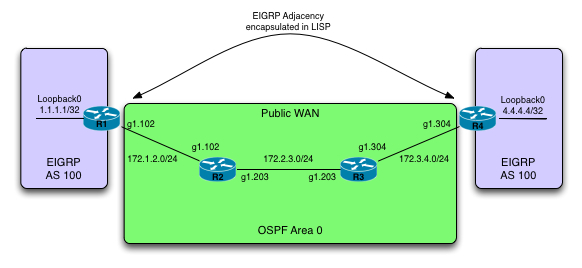HP SDN App Store Launches
HP’s SDN App Store has finally seen the light of day. This is intended to be a common platform for users and developers, to find and distributed real-world, practical SDN applications. Some of the launch apps include:
- Network Optimizer, for automated QoS for Lync
- Network Protector, for security & posture assessment
- LoadMaster – Load balancing
It’s interesting to look at the price points for applications. They are certainly not $0.99 apps, but they are still cheaper than typical ‘Enterprise’ software. I think it will take us a while to figure out what the right level of ‘value’ is.
HP has done well to put together a platform that developers can use to distribute SDN applications. It’s not an easy task to put together all of the back-end work required for something like this. It’s not simply hosting a website, it’s figuring out all the legal & financial implications, the support mechanisms, etc. There’s a lot of non-technical effort that goes into this.
The only challenge is that currently it is for SDN apps that use the HP VAN SDN Controller, which will limit the size of the market. I’m hoping that in future it will work with OpenDaylight. That will expand Continue reading

 Painting by Rene Margritte
Painting by Rene Margritte

